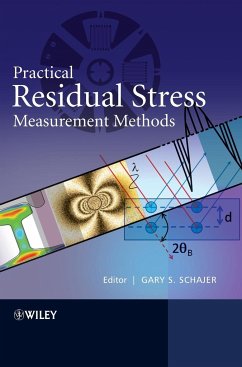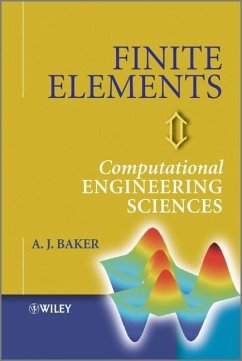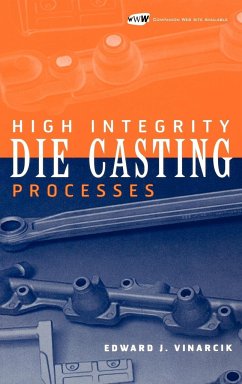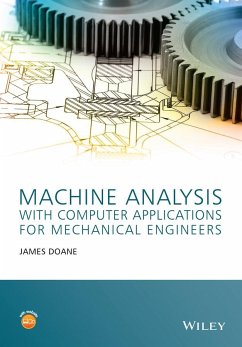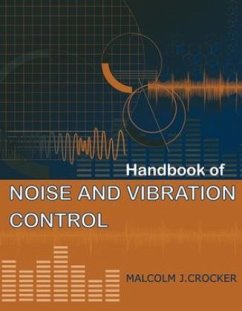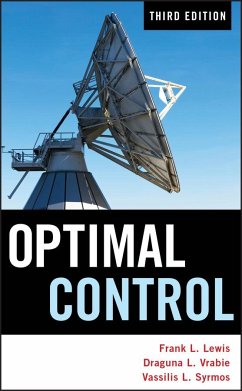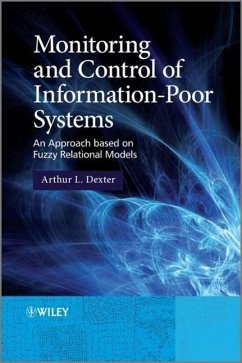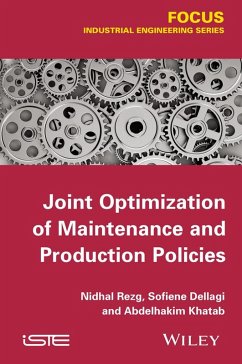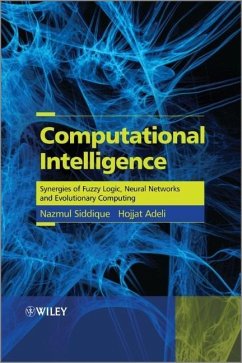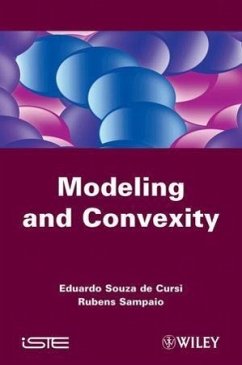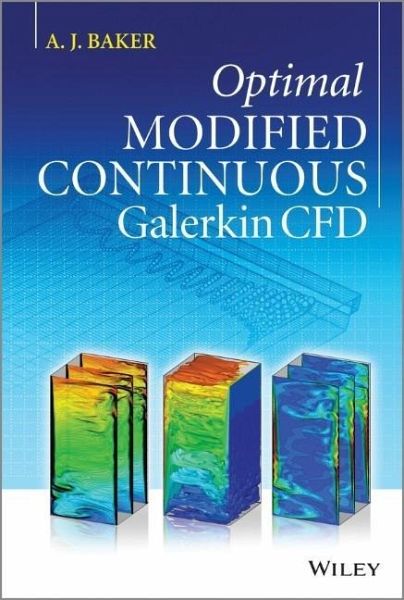
Optimal Modified Continuous Galerkin CFD
Versandkostenfrei!
Versandfertig in über 4 Wochen
142,99 €
inkl. MwSt.
Weitere Ausgaben:

PAYBACK Punkte
71 °P sammeln!
Covers the theory and applications of using weak form theory in incompressible fluid-thermal sciencesGiving you a solid foundation on the Galerkin finite-element method (FEM), this book promotes the use of optimal modified continuous Galerkin weak form theory to generate discrete approximate solutions to incompressible-thermal Navier-Stokes equations. The book covers the topic comprehensively by introducing formulations, theory and implementation of FEM and various flow formulations.The author first introduces concepts, terminology and methodology related to the topic before covering topics in...
Covers the theory and applications of using weak form theory in incompressible fluid-thermal sciences
Giving you a solid foundation on the Galerkin finite-element method (FEM), this book promotes the use of optimal modified continuous Galerkin weak form theory to generate discrete approximate solutions to incompressible-thermal Navier-Stokes equations. The book covers the topic comprehensively by introducing formulations, theory and implementation of FEM and various flow formulations.
The author first introduces concepts, terminology and methodology related to the topic before covering topics including aerodynamics; the Navier-Stokes Equations; vector field theory implementations and large eddy simulation formulations.
Introduces and addresses many different flow models (Navier-Stokes, full-potential, potential, compressible/incompressible) from a unified perspective
Focuses on Galerkin methods for CFD beneficial for engineering graduate students and engineering professionals
Accompanied by a website with sample applications of the algorithms and example problems and solutions
This approach is useful for graduate students in various engineering fields and as well as professional engineers.
Giving you a solid foundation on the Galerkin finite-element method (FEM), this book promotes the use of optimal modified continuous Galerkin weak form theory to generate discrete approximate solutions to incompressible-thermal Navier-Stokes equations. The book covers the topic comprehensively by introducing formulations, theory and implementation of FEM and various flow formulations.
The author first introduces concepts, terminology and methodology related to the topic before covering topics including aerodynamics; the Navier-Stokes Equations; vector field theory implementations and large eddy simulation formulations.
Introduces and addresses many different flow models (Navier-Stokes, full-potential, potential, compressible/incompressible) from a unified perspective
Focuses on Galerkin methods for CFD beneficial for engineering graduate students and engineering professionals
Accompanied by a website with sample applications of the algorithms and example problems and solutions
This approach is useful for graduate students in various engineering fields and as well as professional engineers.




